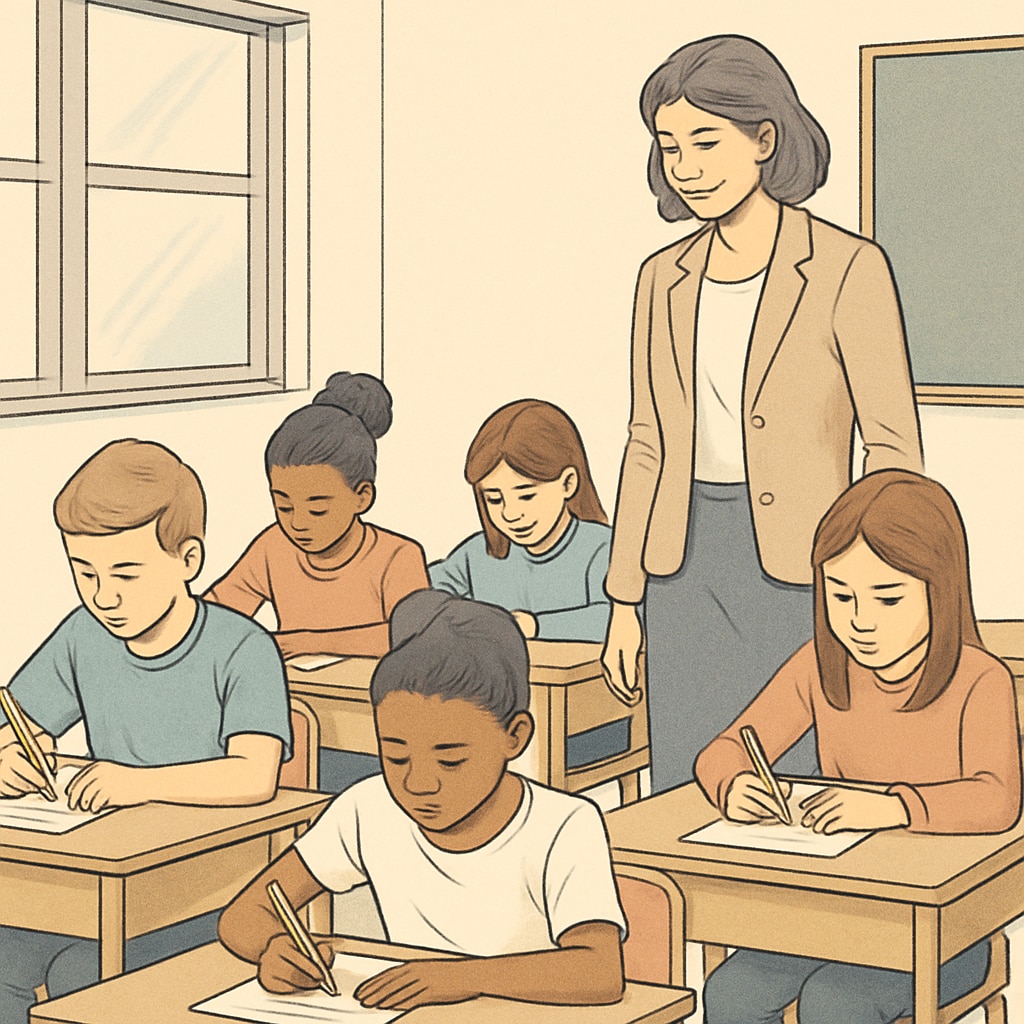False plagiarism accusations by professors in K-12 education can disrupt the trust between students and their teachers. These incidents not only affect the accused students emotionally but also raise concerns about fairness and transparency in academic integrity evaluations. In this article, we will delve into the root causes of false plagiarism accusations, their lasting impacts on students and educators, and potential solutions to prevent such issues.
Understanding False Plagiarism Accusations in Education
Plagiarism, the act of presenting someone else’s work as one’s own, is a serious offense in academic settings. However, false accusations of plagiarism occur when a student is wrongly accused of such misconduct. These accusations may arise due to misunderstandings, biases, or insufficient evidence. For example, a teacher might incorrectly assume a student’s work is too advanced for their grade level or misinterpret shared ideas as copied content.

In the context of K-12 education, these accusations can be particularly harmful. Younger students may not fully understand plagiarism or academic integrity, making them vulnerable to misjudgments. Additionally, the lack of clear policies and tools for plagiarism detection in K-12 schools can contribute to errors in judgment.
The Consequences of False Accusations
False plagiarism accusations can have far-reaching consequences for both students and educators. Students who are wrongly accused may experience feelings of humiliation, frustration, and distrust towards their teachers. Their academic records might also be unfairly tarnished, leading to difficulties in future educational pursuits. For educators, these incidents can damage their reputation and erode the trust of their students and colleagues.
Moreover, such accusations can negatively impact the overall learning environment. When students feel they are unfairly targeted, they may become disengaged or hesitant to express their creativity in assignments. As a result, the classroom atmosphere may shift from being a supportive space to one of fear and apprehension.

Preventing False Plagiarism Accusations
To address the issue of false plagiarism accusations in K-12 education, schools and educators can adopt several measures:
- Implement Clear Policies: Schools should establish transparent and detailed academic integrity guidelines that define plagiarism and outline the steps for handling accusations.
- Use Reliable Detection Tools: Educators can utilize plagiarism detection software to ensure objective evaluations instead of relying solely on personal judgment.
- Provide Training: Teachers should receive training to better understand plagiarism and learn how to handle accusations fairly and effectively.
- Focus on Education: Students should be educated on academic integrity and plagiarism from an early age to prevent misunderstandings.
- Encourage Open Dialogue: Creating an environment where students feel comfortable discussing their work with teachers can foster trust and transparency.
By implementing these measures, schools can reduce the occurrence of false accusations and promote a healthier academic environment for both students and teachers.
Restoring Trust After False Accusations
When false plagiarism accusations occur, restoring trust between students and educators is crucial. Teachers should acknowledge their mistakes and apologize to the affected students. Schools can facilitate mediation sessions to repair broken relationships and ensure both parties understand each other’s perspectives. Additionally, revising policies and procedures to prevent future errors can demonstrate a commitment to fairness and transparency.
As a result, students and teachers can move forward with renewed trust and a shared understanding of academic integrity.
Conclusion: False plagiarism accusations in K-12 education highlight the need for fair and transparent academic integrity practices. Addressing the causes and consequences of such accusations is essential to maintaining trust and fostering a positive learning environment. By implementing clear policies, reliable detection tools, and proactive education, schools can ensure that accusations are handled fairly, protecting students and educators alike.


